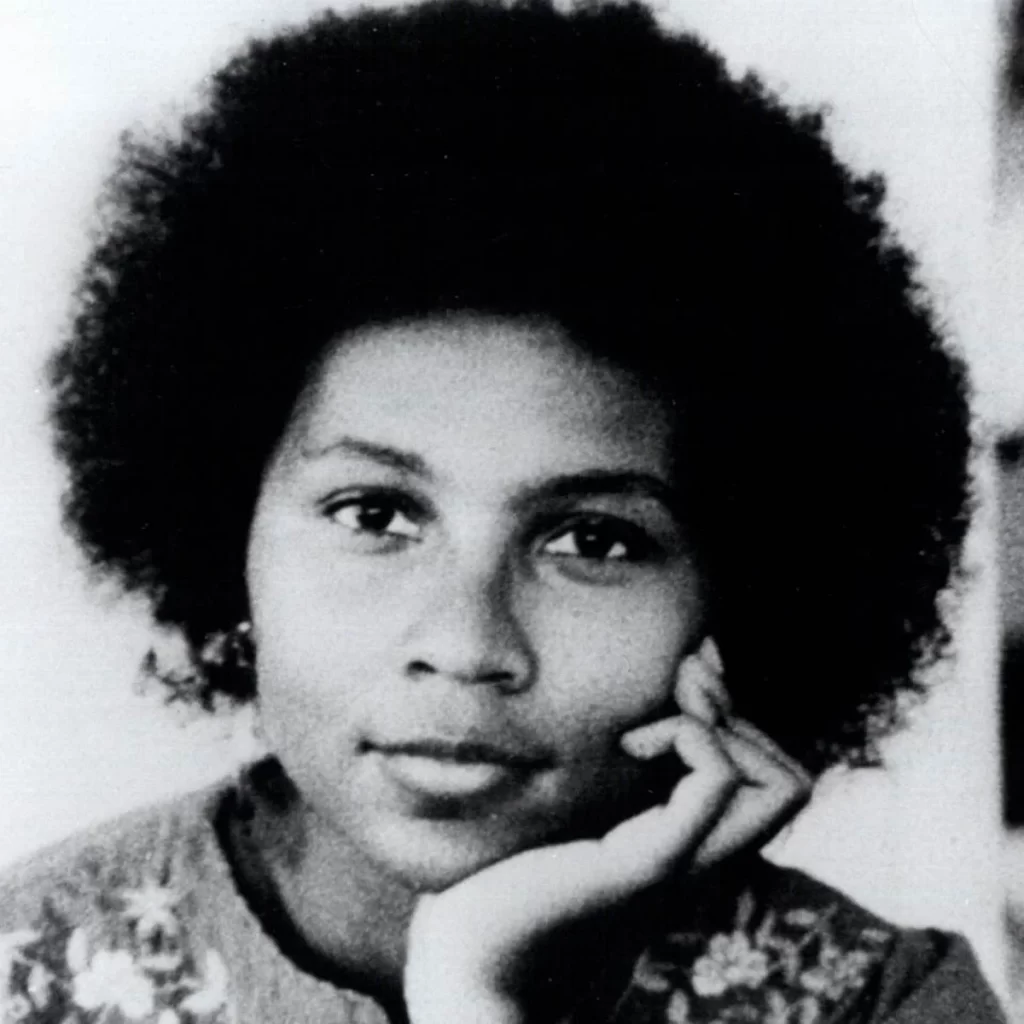INTRODUCTORY CHAPTER
We will discuss:
- Different paradigms for addressing cultural disparities among students using definitions from Agirdag’s school diversity model (2020, 2024).
- Frameworks that respond the multiculturalist strength-based perspective (pluralistic paradigm) and enhance culturally responsive teaching: Culturally responsive teaching & Ready for Rigor (Hammond, 2014); Conceptual framework of diversity-responsive practices by teacher educators (Ponet, 2023); Eight competencies for culturally responsive teaching (New America, 2020); Five dimensions of multicultural education (Banks, 1993).
- The link with the other chapters in this e-course.
- A possible activity to facilitate discussion on diversity among students, raise awareness, and make both similarities and differences visible.

«All of us in the academy and in the culture as a whole are called to renew our minds if we are to transform educational institutions – and society – so that the way we live, teach, and work can reflect our joy in cultural diversity, our passion for justice, and our love of freedom.»
— Bell Hooks
Objectives:

1. Developing a critical understanding of various theoretical frameworks.

2. Engaging in reflective practice regarding the paradigms that inform your own teaching context.

3. Exploring how to meaningfully embrace cultural diversity in your classroom through a multiculturalist strength-based perspective (plurastic lens), informed by the frameworks presented.


